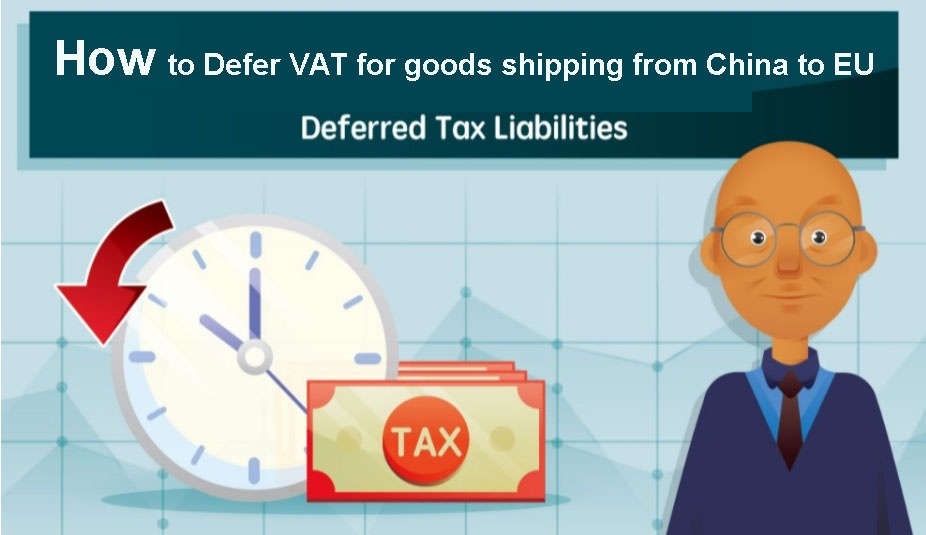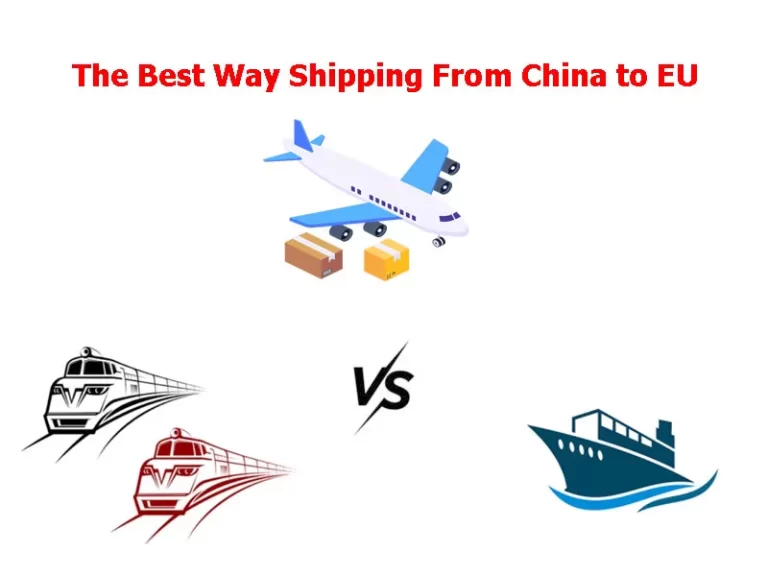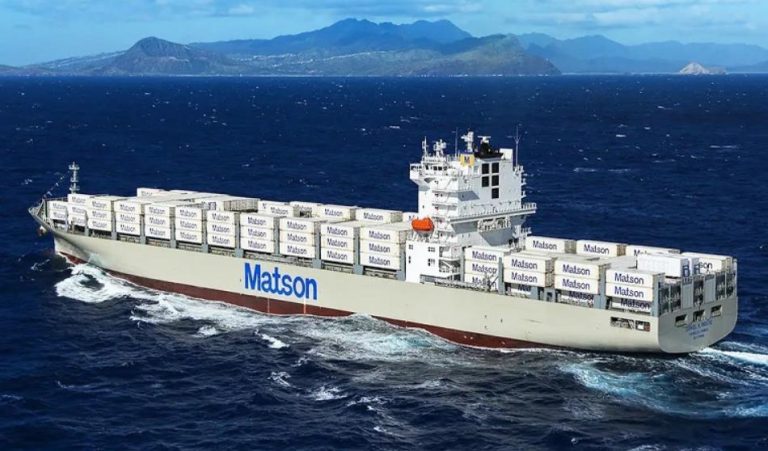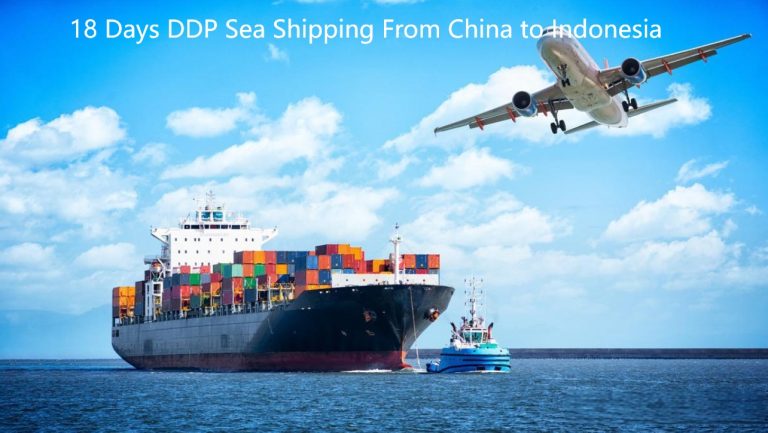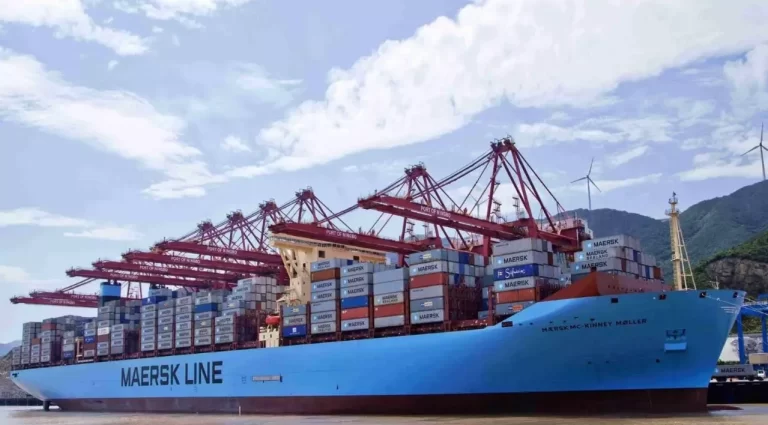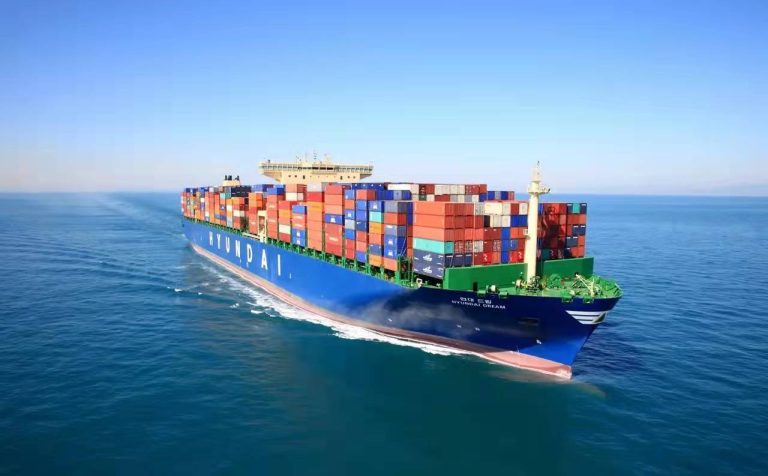How to Postpone VAT Accounting Shipping From China To EU
Postponed VAT Accounting (PVA), also known as fiscal customs clearance, means that when goods enter the EU declaration country and the destination country of the goods is other EU member states, the seller can choose to defer VAT, that is, the seller does not need to pay import value-added tax when importing goods, but defers the tax to the final delivery destination country. For example, a shipment of goods clears customs in the Netherlands/Belgium and is eventually delivered to other EU countries, such as Germany, France, the United Kingdom and other EU countries. Through tax deferral declaration, this shipment of goods only needs to pay customs duties in the Netherlands/Belgium, and does not need to pay import VAT.
In addition to paying customs duties, you may also need to pay import VAT on goods: import VAT = (declared value of goods + first-leg freight + customs duties) * import VAT rate. Generally speaking, you can apply for import VAT deferral when the goods are imported, temporarily delay the payment of import VAT, and then deal with this part of the tax together when you start selling and make VAT declaration later.
Because import VAT can be deducted from sales VAT, most Chinese sellers can only deduct sales VAT if they generate corresponding import VAT at EU customs (showing the seller’s own VAT number), or if they purchase locally in the EU and obtain a purchase invoice, which shows the seller’s information (company name, VAT number, etc.), order details, VAT rate, tax amount, etc. When clearing customs, sellers need to pay an import VAT tax, and then a tariff document will be obtained for the seller. If the seller clears customs with his own EORI customs clearance number, he can deduct it in the later VAT declaration.
Then VAT deferred customs clearance is to omit the later VAT declaration from deduction, and can also reduce cash flow pressure. Sellers can explain to their freight forwarders that VAT deferred customs clearance is required.
What’s the advantages of PVA for goods shipping from China to EU?
1. Facilitate capital turnover
From declaration of customs clearance to final completion of sales, the interval is uncertain. Through VAT deferral, sellers’ cash flow can be improved. For high-value products, financial pressure can be greatly relieved and capital turnover can be improved.
2. Simplify the operation process
When declaring imports, apply for VAT deferral and no VAT is required. After the goods are sold, VAT can be paid in one lump sum when filing taxes in the current quarter. Especially now that many e-commerce platforms implement a withholding mechanism.
PVA is legal and compliant. It provides space for capital flow for enterprises, so it is the preferred solution for many sellers.
Many European local companies, such as German and British companies, import through tax deferral in Belgium and the Netherlands, but tax deferral compliance requires very high tax professional support.
The core of PVA compliance is whether the customer pays sales VAT in the destination country. If this cannot be guaranteed, then the declaration that is already compliant will lead to non-compliance.
Which EU countries allow PVA?
Currently, the countries that can apply for deferral include the United Kingdom, France, the Netherlands, Belgium and other countries.
However, there are certain differences in the VAT deferral method and application conditions of each country:
France: Any company that has trade activities imported into France or its overseas provinces or regions and must pay VAT on import can apply as long as the following conditions are met: the company must pay VAT in France; the company can be located in or outside the European Union.
French number and submit VAT return form before goods can be imported into France and benefit from the system.
Germany: Only companies that have provided bank guarantees to the tax authorities are allowed to delay the payment of import VAT.
Ireland: Allowed. Immediately after Brexit, Ireland introduced an import VAT deferral mechanism.
Belgium: Import VAT deferral requires an “ET14.000 license”
Italy: Local Italian importers are not allowed to import VAT deferral. EU companies need to apply for VAT refunds in accordance with the Eighth Directive, and non-EU companies (including British companies) apply for VAT refunds in accordance with the Thirteenth Directive.
Luxembourg: Import VAT deferral can be applied for when registering for VAT.
Netherlands: Applying for import VAT deferral requires an “Article 23 license”. To obtain an “Article 23 license”, companies are required to provide bank guarantees to the tax authorities, and non-EU companies must also designate a fiscal representative.
Poland: The conditions for allowing the import VAT deferral mechanism have recently been extended.
Spain: Only large companies, taxpayers or groups participating in the tax refund mechanism are allowed to use import VAT deferral.
Among them, the UK is a relatively important tax reform policy. Starting from January 1, 2021, sellers who have registered UK VAT numbers for goods from any country/region outside the UK to the UK (England, Scotland and Wales) can use a new system, the “Import VAT Deferral” system.
How to apply for UK VAT deferral?
1. Which sellers are eligible to use UK VAT deferral?
Enterprises with registered UK VAT numbers (if not registered, please consult cross-border seller consultants); those who import goods from countries other than the UK to the UK (regardless of the country in which the enterprise is registered) can use VAT deferral, and there is no need to make a special request to HMRC for approval.
2. What if you want to apply for UK VAT deferral?
Sellers need to find a freight forwarder or customs clearance company to choose to defer VAT when clearing customs.
There are currently two ways to apply for customs clearance:
① Use the Customs System for Import and Export Goods (CHIEF) for customs clearance;
② Use the Electronic Customs Declaration Service System (CDS) for customs clearance;
When the freight forwarder clears customs, it can directly help you defer import VAT according to the customs clearance system you provide. If the freight forwarder informs that it cannot apply, please ask you and the freight forwarder to check with the local customs clearance company again to see if it is feasible.
3. What information do I need to provide to apply for VAT deferral?
Generally, companies that use VAT deferral for import clearance need to file tax returns in accordance with the EU local company tax declaration principles and generally need to provide the following materials:
(1) Business license
(2) Legal person ID card
(3) Signed and sealed POA document
(4) VAT number can be checked on the VIE website, and the VAT number is valid
(5) VAT certificate (VAT address, company address)
(6) EORI number and company name and address
(7) Product sales link
(8) Keep at least 3 months of tax payment records
(9) Letter of commitment/guarantee or other relevant documents
4. How to check whether VAT deferral is successful?
① The logistics company obtains C88 from the customs as a detailed record of customs clearance;
② By registering a CDS account, you can download the import VAT electronic bill of the previous month (CDS has a maximum of 6 months of import deferral records, so it needs to be downloaded in time every month)
If the seller chooses VAT deferral, there is no need to pay import VAT. When declaring every month and quarter, the deferred import documents can be submitted to the tax agent in time, so as to achieve one-to-one offset without cash payment.
This will reduce the seller’s capital occupation, and there will be no import VAT issues in the future, which is good for the Amazon seller.
What should we pay attention to when deferring VAT in EU?
1. For the first import declaration, VAT deferral is not allowed; at the same time, the VAT rates of EU countries are different;
2. The VAT number of the customer’s destination country must be provided in the import declaration. The EORI can be any EU country, and the tax number must be guaranteed to be normal and valid;
3. A product sales link that is consistent with the actual product must be provided (the merchant VAT displayed in the sales link must be consistent with the VAT used for import);
4. The declaration must reflect the value of the goods (based on the data of the country of sale). According to the “reverse calculation” principle, it is recommended to declare about 65% of the sales link price;
5. The product must have the correct CE mark and “MADE IN CHINA” mark, which should be reflected in the outer packaging of the product and the product itself;
6. After customs clearance is completed, a transportation certificate (POD) for the goods leaving the customs clearance country must be provided within 15 days;
7. Provide proof of payment of VAT for store sales every quarter;
8. Liege Point can do customs clearance with offshore tax number (Chinese company), and An Point only accepts customs clearance with tax number of local EU companies.
9. The company name on the customs clearance header must be consistent with the backend name of the store that provides the sales link.
10. EU customs law stipulates that those who do not have the qualifications for separate declaration in Europe must declare together with an EU company (usually a customs clearance company), and the company needs to bear the corresponding joint and several liability. To guarantee offshore VAT, you need to bear the corresponding joint and several liability for tariffs, import VAT and product safety, etc., and the customs reserves the right to trace.
European VAT deferral is a legal and compliant customs clearance method, but it is also the focus of the customs department and the tax bureau because the import customs clearance does not pay the import value-added tax.
If the seller’s declared value of a certain batch of goods is significantly lower than the market price and involves low declaration, it is likely to cause inspection.
Therefore, when sellers use VAT deferral as a customs clearance method, they must truthfully declare the value of the goods. In terms of declared value, the data of the country of sale shall prevail. That is to say, if the goods are sold in Germany, the data of the German customs system shall prevail.
What’s the PVA procedure shipping to EU?
PVA application
1. Application method
Sellers need to entrust Chinese freight forwarder or customs clearance companies to choose to defer VAT during customs clearance. At present, HMRC provides two application methods for customs clearance systems:
a. Use the Customs System for Import and Export Goods (CHIEF) for customs clearance;
b. Use the Electronic Customs Declaration Service System (CDS) for customs clearance.
When clearing customs, the freight forwarder can directly help you defer import VAT according to your customs clearance system.
2. Application materials
a. VAT valid records (European Tax Link can assist in providing according to the requirements of the freight forwarder);
b. Customs clearance letter of authorization (the letter of authorization template is provided by the freight forwarder);
c. VAT registration information form (European Tax Link users can view your VAT registration information in the background).
VAT declaration
1. Declaration cycle
In Italy, you can choose to declare monthly 12 times/year + 1 annual report or quarterly 4 times/year + 1 annual report, but you need to collect 1% of the tax as interest for each quarterly declaration.
2. Declaration tax rate
The Italian VAT declaration tax rate is 22%, which applies to most goods and services, and there is no low tax rate policy.
3. Declaration process
a. Declaration materials: Before declaration, remind sellers to download and provide sales data for the corresponding time period and other documents required for declaration;
b. Tax confirmation: After preliminary calculation of taxes, confirm with the seller, and after the seller confirms that it is correct, the agent accountant will declare it to the tax bureau;
c. Tax payment: After obtaining the tax bureau declaration receipt, send it back to the seller and remind the seller to pay taxes within the specified time. (If the tax is 0 euros, there is no need to pay; if there is no part that the seller needs to pay, there is no declaration receipt)
Sellers can pay the tax to the Italian tax bureau through Xiang P card, Lianlian, WF card, etc., and be sure to note their VAT number when paying taxes. (International transfers take about 2 working days, so it is recommended to allow time for the account to arrive)
Notice: There will be fines for late declaration and late payment of taxes, because the fines will change every year, please refer to the tax bureau’s notice for details.
You are welcome to inquire Xforwarder if you need PVA ship from China to EU.

